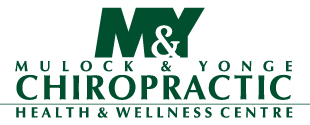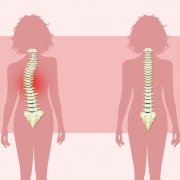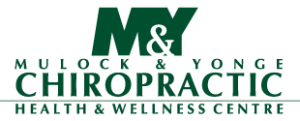Scoliosis is a significant lateral deviation in the normally straight vertical line of the spine. The spine should have a perfectly straight line up and down the back which is visible when you stand behind your child. If you see a bend in that line along the spine it may indicate a sideways shift of the spine.
Did You Know?
- Infantile scoliosis occurs between birth and 3 years of age. This form is more common in boys and can show up as a left curve in the mid back.
- Juvenile spinal curvature occurs between the ages of 3 and 10.
- Adolescent scoliosis occurs after the age of 10. Girls at this age are more likely to develop this than boys.
The Two Main Groups of Scoliosis
Scoliosis is classified into two main groups:
Non-structural Scoliosis
Non-structural scoliosis can occur as a result of posture problems, hips and leg length irregularities, pain, nerve root irritation and disc problems as examples. This occurs in the spine as a result of something happening in the body.
Structural Scoliosis
Structural scoliosis is a direct result of something going wrong with the spine. This can range from improperly developed spinal vertebrae to tumors within the spine.
The Main Jobs of the Spine
Your spine has two main jobs to do:
- Provide upright position and anchor all the back muscles for movement.
- Protect the spinal cord and allow the nerves to exit the spine with no pressure or interference.
A properly functioning spine allows the body to work at optimal health. Changes in the curvature of the spine can cause nerve compression and decrease nerve signals to the organs resulting in symptoms.
Early detection, diagnosis and treatment are extremely important for your child’s health. If you have any questions or concerns, please call or come in to see our Chiropractor Dr. Darren Poncelet.





